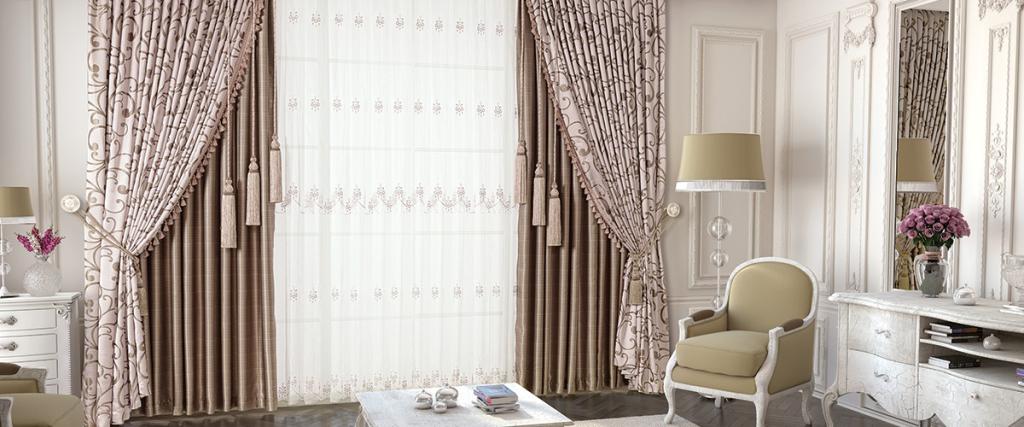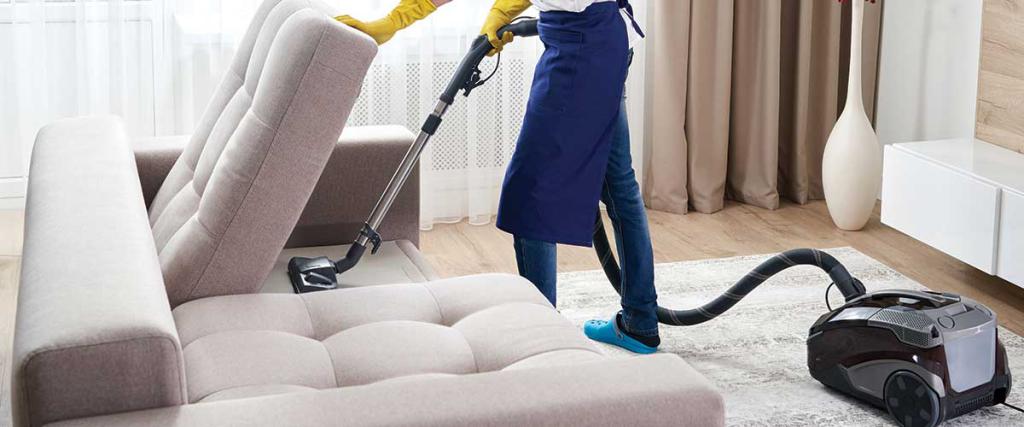
Here are some of the helpful experts' tips on Fabric Care !
1. Chenille Yarn Fabrics
Fabrics using chenille yarn constructions from viscose rayon, acrylic, polyester or cotton fibres will behave like most pile or napped fabrics during service, i.e. orientation of pile fibres will be disrupted when sat upon, resulting in an apparently different shade on contact areas. This disruption of the pile fibres and consequent apparent colour change are inherent characteristics and should not be considered as defects.
2. Colour fastness
All fabrics are tested to industry standards. It is important to note that no fabric is 100% colour fast and that it is impossible to prevent colours from fading if adequate precautions are not taken in the home. Winter sun, sitting lower in the sky, can cause the most damage, particularly when protective curtains have been pulled back to 'warm the room'.
3. Dye Transfer
Certain clothing and accessory dyes may migrate to lighter colours. This phenomenon is increased by humidity and temperature and is irreversible.
4. Fading
Colours with which the fabrics are dyed, particularly bright colours, will be susceptible to light fading depending on the degree of exposure. Some fabric damage will be evident where fading is most pronounced. In situations where rooms are northerly facing or exposed to constant daylight, we recommend extra caution in selecting furnishings.
5. General care
When arranging your furniture, care should be taken to avoid touching external walls to prevent problems of moisture build-up and/or scorching damage. Take care to prevent sharp objects such as rings, buckles and pets’ claws from coming into contact with your furniture, as this may cause snagging or tearing of the fabric. Vacuum regularly (weekly) using low suction. Rotate reversible cushions regularly. Protect from direct sunlight.
5. Natural Fibres
We suggest that fabrics of predominantly cotton or linen construction are not used for roman blinds as this may result in faded striping. Please ensure the correct product is specified in order to enhance the performance and longevity of the roman blind. Estetica will not entertain claims relating to roman blinds when the product specified consist predominantly of natural fibres.
6. Oxidation
Fumes from chimneys, auto exhausts, open fires, gas fires, stoves, or wherever combustion is present, produce a sulphur compound which when combined with humidity and oxygen in the air produces a mild sulphuric acid. This matter is absorbed by or clings to the furnishing fabric and contributes to discolouration and deterioration of the fabric.






